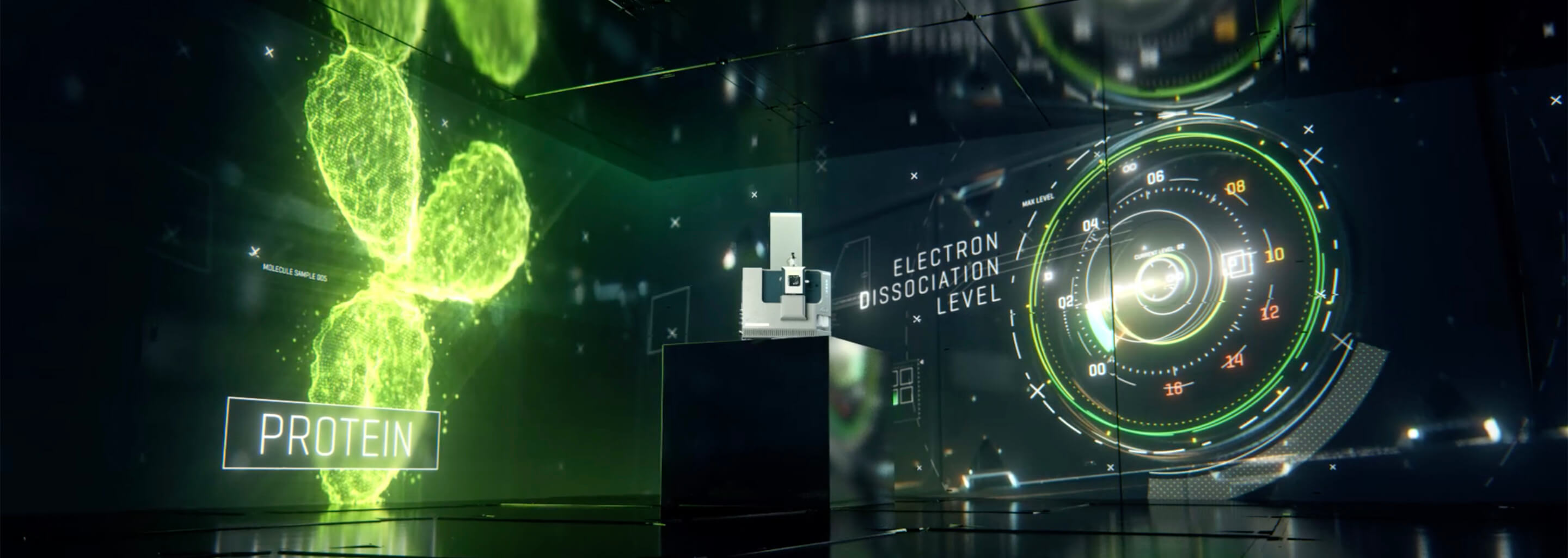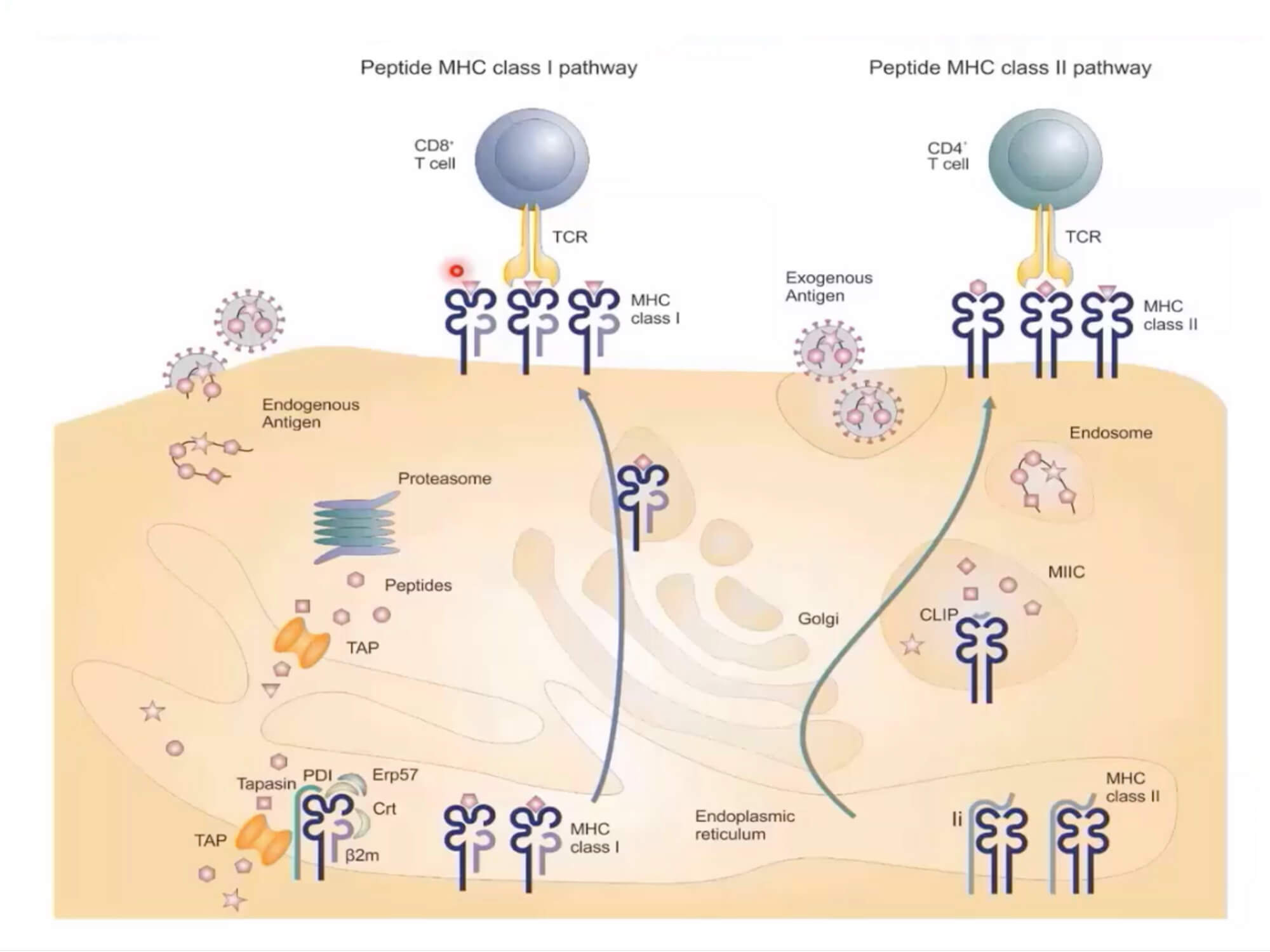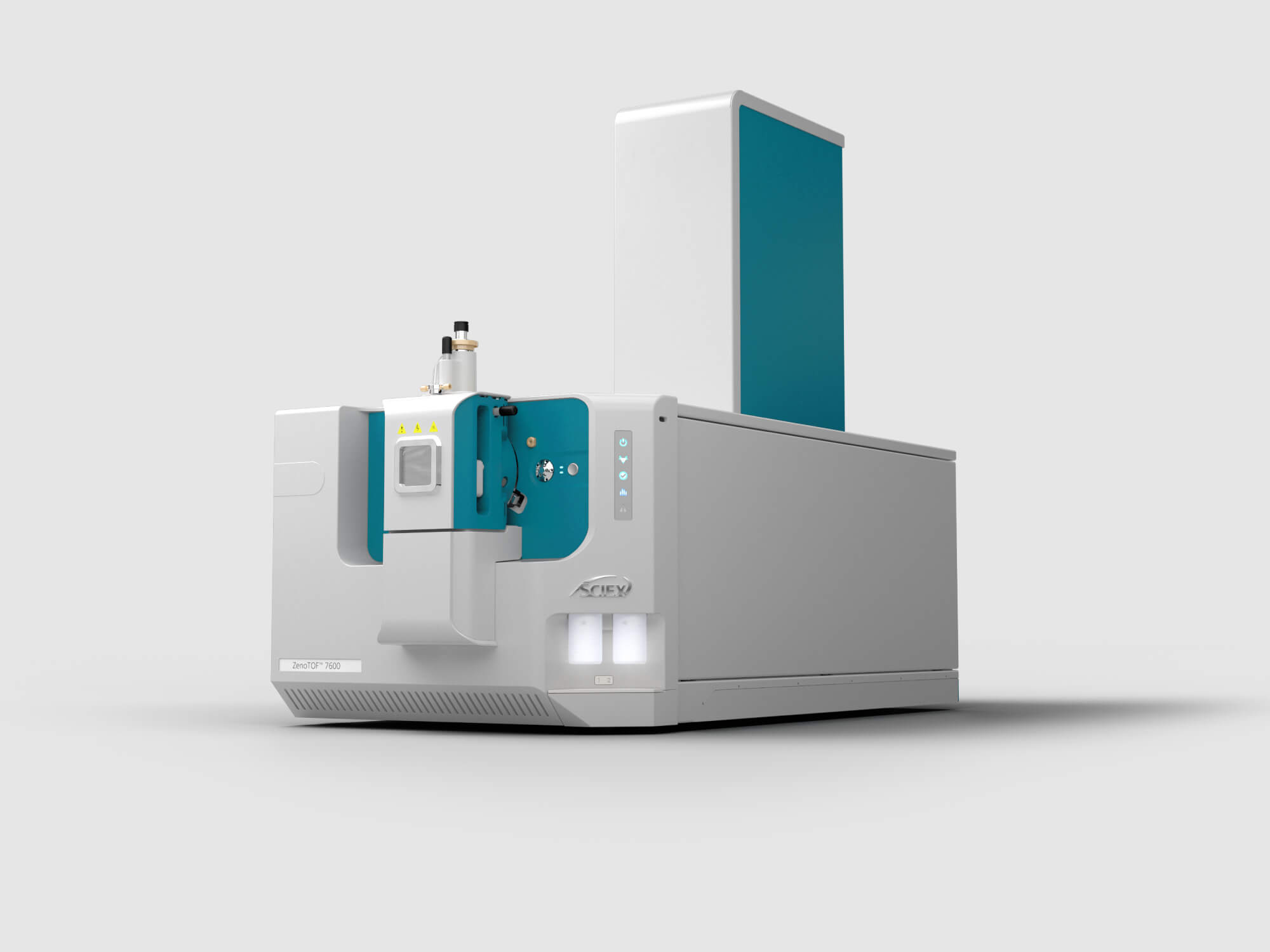The immune system acts as a powerful network, detecting infections, cancer, and diseases by sensing pathogen molecules, abnormal proteins, and metabolic changes. Immunopeptidomics focuses on studying proteins processed and presented on cell surfaces with molecules encoded by the major histocompatibility complex (MHC). MHC molecules are highly diverse, binding various antigens, lipids, and metabolites. Identifying these molecules requires robust LC-MS methodology and sequence-rich MS/MS spectra. In this presentation, Prof. Tony Purcell discusses utilizing the ZenoTOF 7600 system for accurate antigen identification and quantitation leveraging the Zeno trap with SWATH DIA (data independent acquisition), targeted workflows and electron activated dissociation (EAD) fragmentation.
Extraordinary science with Tony Purcell
The Purcell laboratory at Monash University is revolutionizing how we study the immune system and its role in disease

Revolutionizing the immune system study with immunopeptidomics
Key takeaways
Leveraging the ZenoTOF 7600 system for the analyses of HLA-bound peptides as targets for immunotherapy
Learn about:
- Why sensitive assays are needed to detect neoepitopes
- How Zeno MS/MS increases the sensitivity of HLA peptide identification
- How the use of EAD can impact the identification of post-translational modifications (PTMs) and singly charged peptides
- How structural information optimization can improve HLA peptide fragmentation, which can be poor with only collision induced dissociation (CID)

Watch Prof. Tony Purcell’s extraordinary science
About the presenter

Prof. Anthony Purcell, Ph.D.
Monash University, Biochemistry & Molecular Biology Purcell Laboratory
Monash Biomedicine Discovery Institute
Tony Purcell is an NHMRC Principal Research Fellow and Deputy Head of Biochemistry at Monash University. He is also Vice President of the Australasian Proteomics Society and a HuPO council member. With extensive editorial roles and advisory positions, Tony's influence spans academia and industry. In his laboratory, Tony explores the immunopeptidome's role in infection, inflammation, and autoimmune diseases. His research highlights the significance of post-translational modifications in immunity. Tony's collaborations with SCIEX and contributions to over 290 publications establish him as a leader in immunopeptidomics, shaping the future of biomedical research.
Related publications
The fundamentals behind extraordinary science
Technical notes
-
Technical note
Zeno MS/MS with microflow chromatography powers the Zeno SWATH data-independent analysis (DIA) workflow to quantify more proteins
Data independent acquisition (DIA) continues to grow as a key workflow in the field of quantitative proteomics. Here, the improvements in proteins identified and quantified using microflow SWATH DIA coupled with Zeno MS/MS is described. Large improvements in the numbers of proteins quantified were observed when Zeno trap was activated, especially at the lower sample loadings. Zeno SWATH DIA data processed with DIA-NN software permitted up to ~6,100 proteins to be identified using a 45-min microflow LC gradient, with ~95% of those proteins quantified at <20% CV.
-
Technical note
Tunable electron activated dissociation (EAD) MS/MS to preserve particularly labile post-translational modifications
Determining the identity and the precise location of a post-translational modification on a protein is important to fully characterize function. Here, the utility of electron activated dissociation on the SCIEX ZenoTOF 7600 system was investigated for the characterization of labile post translational protein modifications. Leveraging the tunable kinetic energy, the malonyl modification on a synthetic peptide was preserved such that definitive localization was possible. In addition, the use of Zeno trapping provided significant sensitivity gains to ensure complete sequence characterization was obtained.


